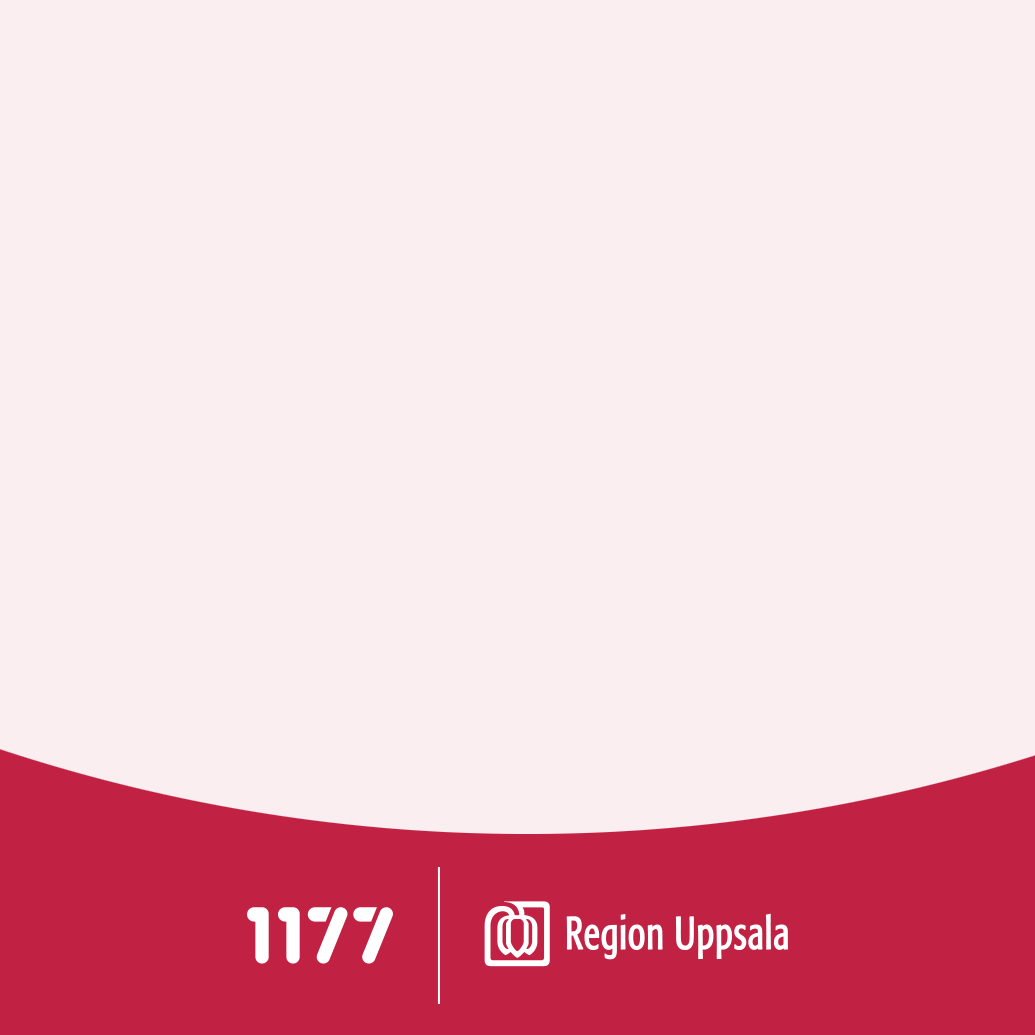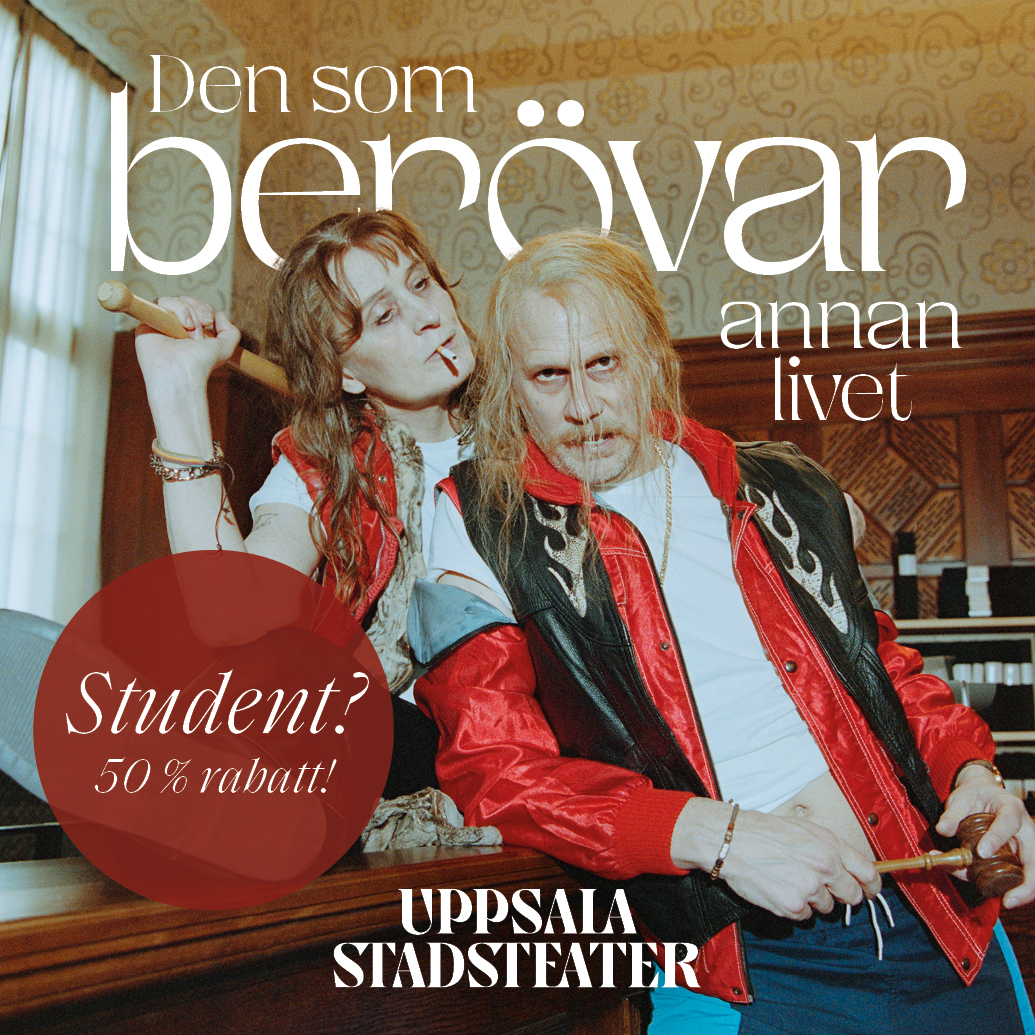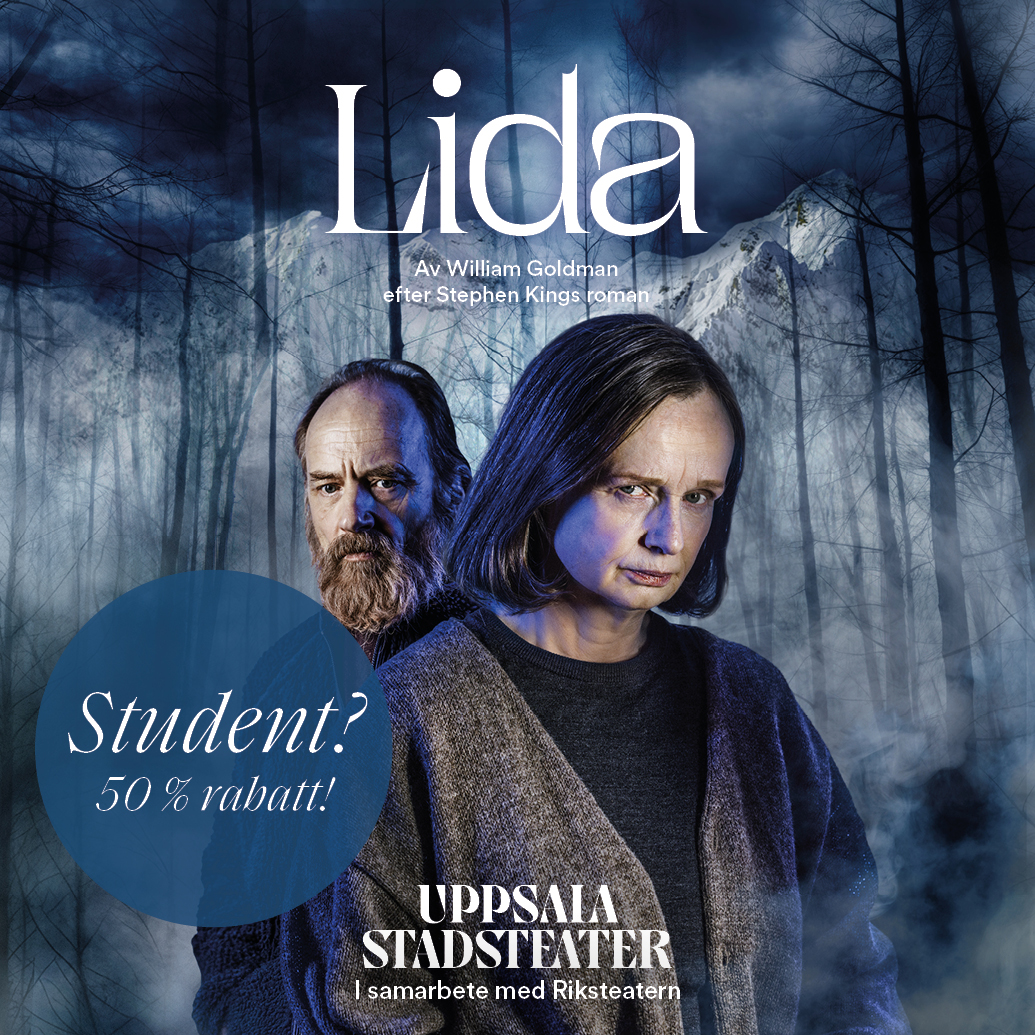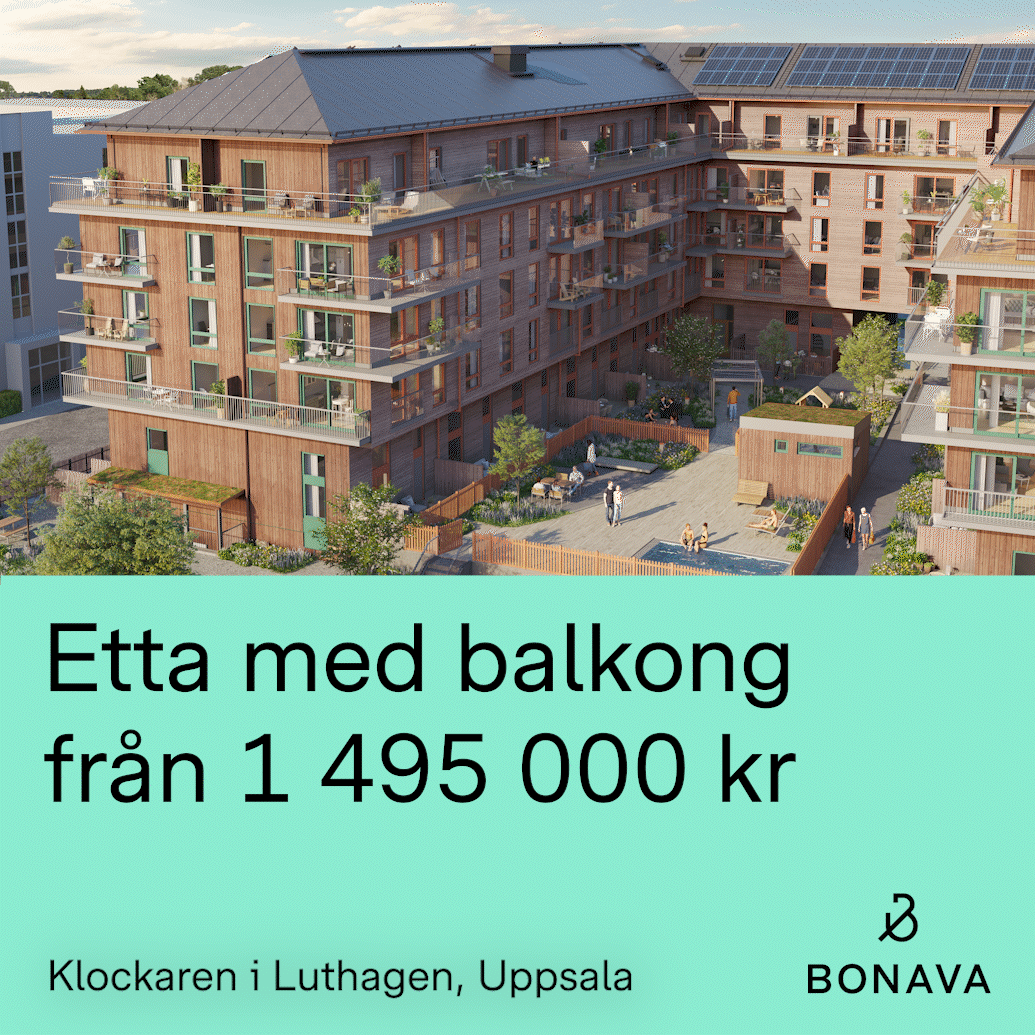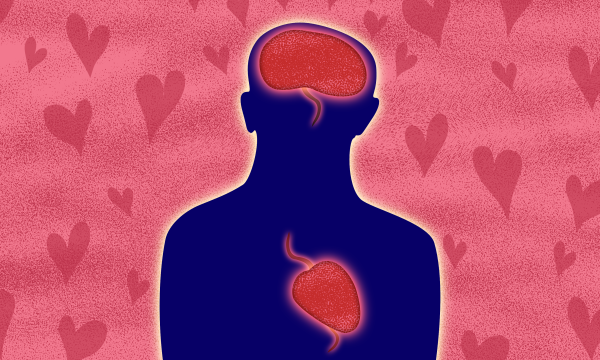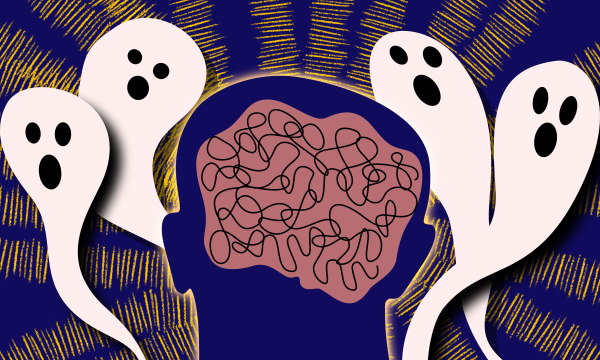
They predict the spread of covid-19 through our wastewater
Since the beginning of September, the number of people infected by covid-19 has increased in Uppsala. To map the current outbreak and gather more information about the virus, SARS-CoV-2, there are several ongoing research projects.
Anna Székely and Nahla Mohamed, researchers at the Evolutionary Biology Centre (EBC) of Uppsala University, are the initiators of a wastewater sampling project. Since June, they have been analyzing the water running through the treatment plant at Kungsängsverket in Uppsala.
– Raw wastewater is unfiltered wastewater that hasn’t yet been treated or processed in any way. It contains fragments of the virus, but to the best of our knowledge it’s no longer active and the wastewater itself isn’t dangerous, Anna Székely says.
With this analyzing method Anna Székely and Nahla Mohamed can determine if the virus is present in the water, and since the treatment plant collects the daily water usage of 162 000 people their results represent the whole city of Uppsala and some surrounding villages.
– Everyone is donating, which gives us an opportunity to see trends of the spread of infection on a population level. We’ll never be able to determine exactly how many people that are infected by the virus, but we can see if the spread of infection is increasing or decreasing, Anna Székely explains.
"We were able to predict the current outbreak weeks in advance."
At the end of August, they didn’t see any significant level of the virus. However, when the fall term began the level started to rise. In the last couple of weeks, they have seen a tenfold increase in the spread of infection.
– We were able to predict the current outbreak weeks in advance, Anna Székely says.
The water samples, automatically taken at the treatment plant, are brought to Anna Székely and Nahla Mohamed’s lab at EBC. Since the samples are completely anonymous there’s no need for ethical approval which, Anna Székely and Nahla Mohamed underlines, is one of the major reasons why wastewater is such good research material. When the wastewater samples arrive to their lab they filter it, extract the virus and amplify it by using a molecular biology technique called qPCR (see the fact box at the bottom of the article) which allows them to determine if the virus is present.
– Besides establishing if the samples are positive or negative, we also quantify how many copies of the virus genome there are in the analyzed wastewater samples, Nahla Mohamed says.
Since the water treatment plant has two incoming channels, one from the eastern part of Uppsala and the other from the west, Anna Székely and Nahla Mohamed can also tell if there are differences in the spread of infection between the areas. Recently, Uppsala University and Region Uppsala started a collaboration project called CRUSH Covid which aims to map, prevent and mitigate the spread of infection in the county. The project relies on several different data sources, one of them being wastewater analyzing. Anna Székely and Nahla Mohamed recently met the project team and are now planning to expand their work to also include samples from four water pump stations scattered throughout Uppsala. The aim of the CRUSH Covid project is to locate the virus from a geographical point of view, determine socioeconomic differences between city parts related to the pandemic and help with focused mitigation efforts such as sending mobile test stations to high risk areas. Anna Székely and Nahla Mohamed are also planning to expand their current research to provide wastewater analysis possibilities to other municipalities with funding by SciLifeLab, Alice Wallenberg’s foundation and Uppsala University.
– Luckily, our funders have expressed that they want to give us more support, which means that hopefully we will be able to continue our work next year as well, Anna Székely says.
As they continue talking about their plans, it becomes clear that the results of wastewater analyzing can be used in several different ways.
– A great thing would be to have a national platform with all the research gathered, that communes and regions as well as individuals can use to learn more about the virus and the mitigation strategies, Anna Székely says.
– Like a website with a dashboard containing all the current research about covid-19 where you, for example, would be able to look at statistics of specific areas, Nahla Mohamed adds.
Another dream of theirs is to create a biobank with stored wastewater samples, since no one was collecting samples before covid-19.
– If there had been sampling, we’d be able to look back to see when the virus first arrived. It surprises me how much we didn’t know about how to analyze infectious viruses before this pandemic, Anna Székely says.
A biobank would store wastewater samples so that future researchers can go back and analyze them if needed, which Anna Székely and Nahla Mohamed weren’t able to do with SARS-CoV-2.
"The samples can be stored for decades at this temperature."
As the interview draws to a close, they offer to show me where they analyze the wastewater. The first stop is the “Rough lab”, where they gather water filtration equipment. Then, a room full of freezers where the samples are stored. Anna Székely puts on gloves, opens one of the freezers which is minus 80 degrees cold and shows some of the water samples.
– This is the very first wastewater biobank of Uppsala! The samples can be stored for decades at this temperature, she says.
Last, they show their lab where the water is being processed and analyzed. From the moment the water samples arrive, it usually takes two days to get the results since they do everything manually. With extended resources, they hope to process more samples in a shorter amount of time with the help of sample processing robots. Their future plans also include measuring the frequency of mutations, meaning how fast the genome of the virus changes.
– It’s important and formative for the future to be able to determine that. That kind of research could give us new information about the virus which can be useful in many sectors of society, Nahla Mohamed says.
Quick mutation
SARS-CoV-2 is one of seven coronaviruses known to infect humans. You may have read that it’s an RNA-virus, which means that its genetic material consists of ribonucleic acid and not deoxyribonucleic acid (DNA). RNA-viruses generally have a faster mutation rate than DNA-viruses, which means the genetic material of the virus changes faster. This, among other reasons, makes it difficult to develop an effective vaccine against the virus.
Quantitative polymerase chain reaction – qPCR – is a molecular biology technique widely used by researchers to measure the amount of a specific DNA or RNA in a sample. With this method, small samples of DNA or RNA can be amplified into large quantities which is useful when tracking infectious agents such as SARS-CoV-2. qPCR allows researchers to, besides establishing if a sample is positive or negative, determine how many copies of the virus genome (RNA) there is.











